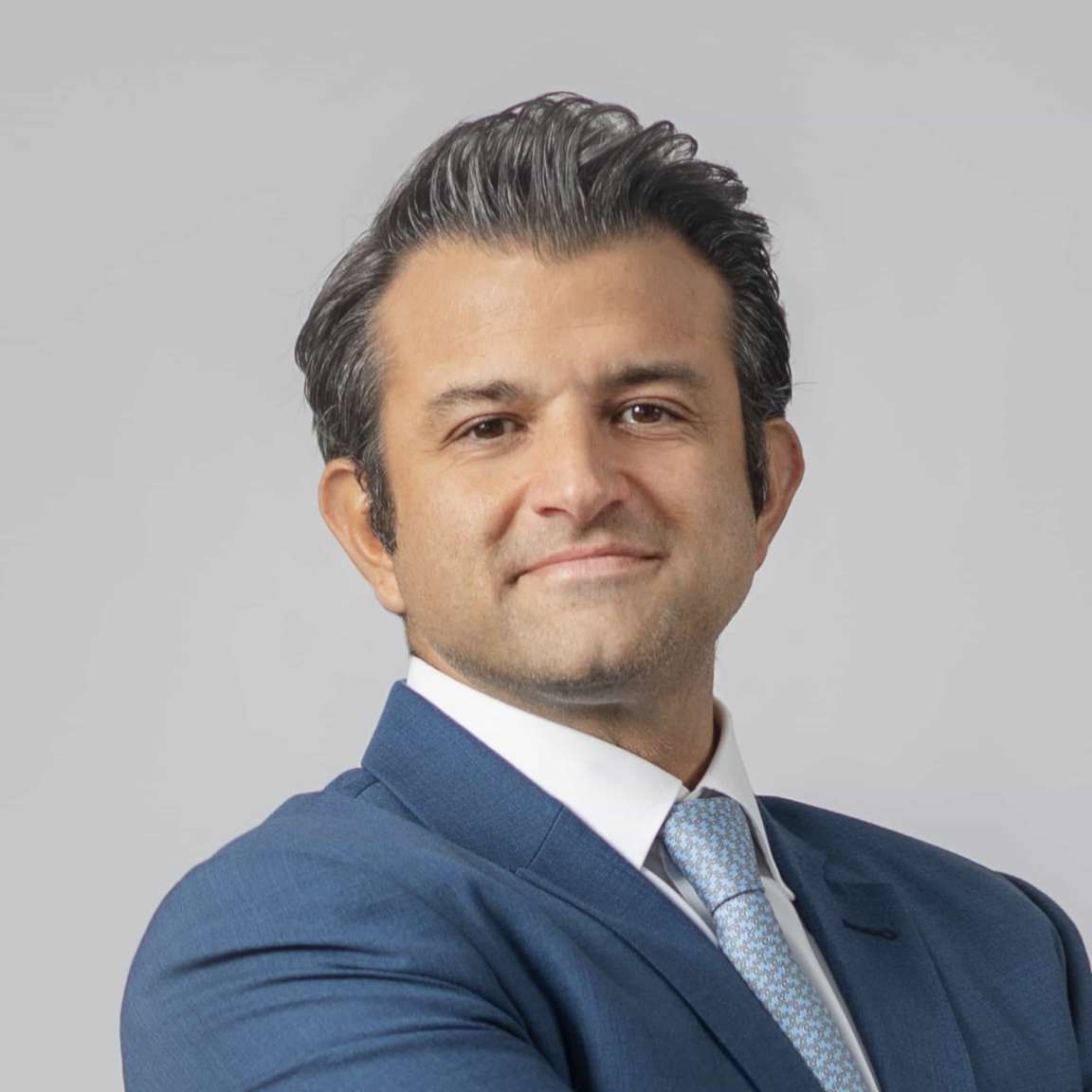-
The views expressed herein do not constitute research, investment advice or trade recommendations and do not necessarily represent the views of all AB portfolio-management teams. Views are subject to revision over time.
Six Metrics Light the Path to Sustainability for Emerging-Market Sovereigns
As of October 31, 2023
Source: United Nations and AllianceBernstein (AB)
Christian DiClementi is a Senior Vice President and Lead Emerging Market Debt Portfolio Manager at AB. He is also a member of the Global Fixed Income, Absolute Return and Income portfolio-management teams, and oversees emerging-market investments across AB’s suite of fixed-income products. DiClementi joined the firm in 2003. Prior to becoming a member of the Emerging Market Debt portfolio-management team in 2013, he served as a member of AB’s Economic Research Group, focusing mainly on sovereign fundamental research for the Caribbean, Central American and Latin American regions. Previously, DiClementi worked as an analyst in the firm’s Quantitative Research Group, with an emphasis on global sovereign return and risk modeling, and as an associate portfolio manager responsible for municipal bond portfolios. He holds a BS in mathematics (summa cum laude) from Fairfield University. Location: New York
Elizabeth Bakarich is a Senior Vice President and Portfolio Manager, focusing on emerging-market corporate debt. She is a member of the Credit, Emerging Market Corporate Debt and Emerging Market Debt portfolio-management teams. Bakarich became part of the Emerging Markets team in 2014, working as an associate portfolio manager on corporate and local-currency debt portfolios. Prior to that, she worked in the firm's London office on the Global and European Credit teams. Bakarich joined the firm in 2006 as an associate with the US Municipal Group and later became supervisor of that group. She holds a BS and MS in mathematics from the Stevens Institute of Technology. Bakarich is a CFA charterholder. Location: New York
Patrick O’Connell is a Senior Vice President and Director of Responsible Investing Portfolio Solutions and Research for public markets. In this role, he develops strategies and tools that help integrate ESG considerations into the teams’ research, engagement and investment processes across AB’s Equities and Fixed Income businesses. From 2021 to 2024, O’Connell served as director of Fixed Income Responsible Investing Research. Earlier in his career, he served as a corporate credit research analyst, focusing on emerging-market corporates in Latin American and African countries. O’Connell joined the Emerging Markets research team in 2013 after working as a credit analyst covering US high-yield energy credits at AB. Prior to joining the firm in 2012, he was a desk analyst at UBS Investment Bank, where he helped allocate capital on the trading desk. O’Connell holds a BS in accounting and finance (magna cum laude) from Villanova University and is a CFA charterholder. Location: New York






